Apple Introduces us to Spatial Computing with $3500 Vision Pro
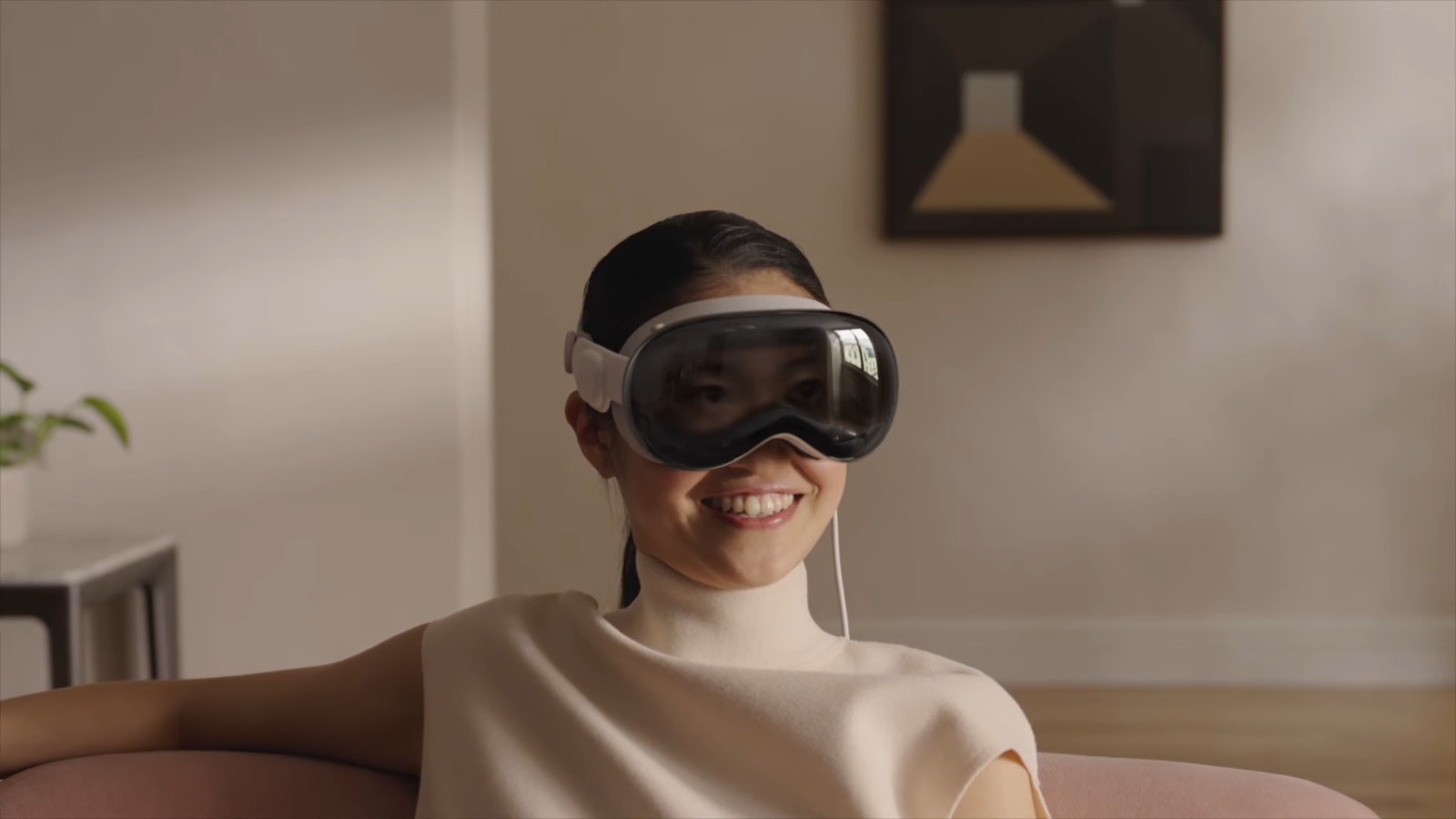
The wait is finally over!
At the Worldwide Developers Conference, Apple has finally released the AR headset we’ve all been waiting for, the Vision Pro, but where do we even start?
Apple has once again put every other company to shame by literally pushing the boundaries of innovation, introducing a new AR platform and a revolutionary product in Vision Pro. And, this is not like the ‘new camera revolutionary’, this genuinely seems groundbreaking.
AR, the Apple way!
This is a day that’s been years in the making, and like Tim said at the start, this device really is going to be historic.
So, what exactly is Apple Vision Pro? Well, to start off, it’s a headset equipped with cameras, speakers, and a digital crown. But it’s more than just a typical VR headset. As Cook emphasized, “You look through, but not at.” The digital content appears to float over the real world, seamlessly blending the virtual and physical.
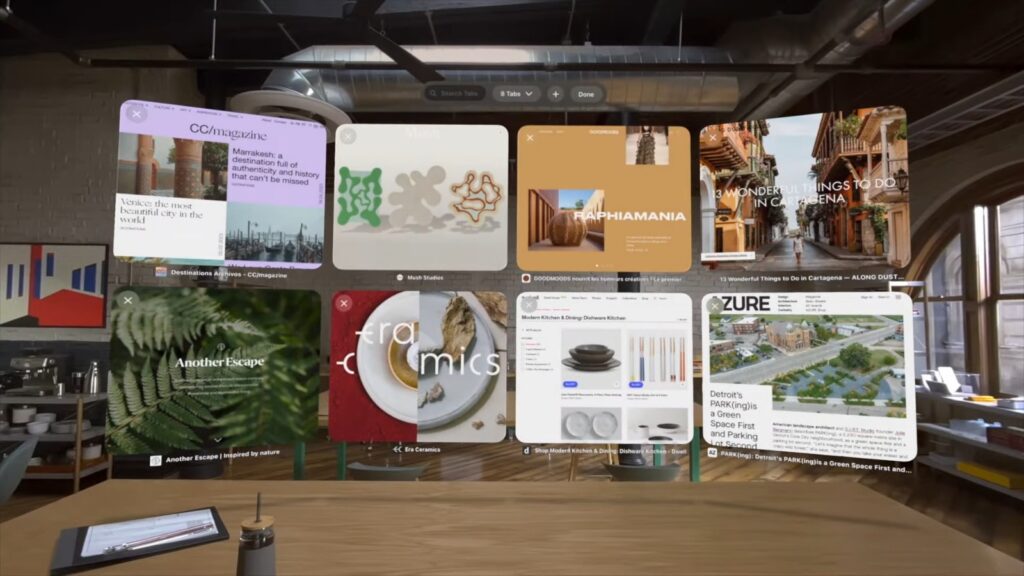
The capabilities of Apple Vision Pro are truly impressive. If you’ve watched Apple showcase this, you would know what I’m talking about. With the ability to control the device using your eyes, hands, and voice, you can essentially manipulate digital content and place apps wherever you want. It’s a fully three-dimensional interface!
Mac introduced us to personal computing, the iPhone revolutionized mobile computing, and now Apple Vision Pro introduces us to spatial computing. It takes the concept of computing and extends it beyond the boundaries of traditional displays. Your ‘Vision’ is your display now.
In the headset, apps can be scaled and placed in any environment, like on a phone or a desktop, but with no limitations.
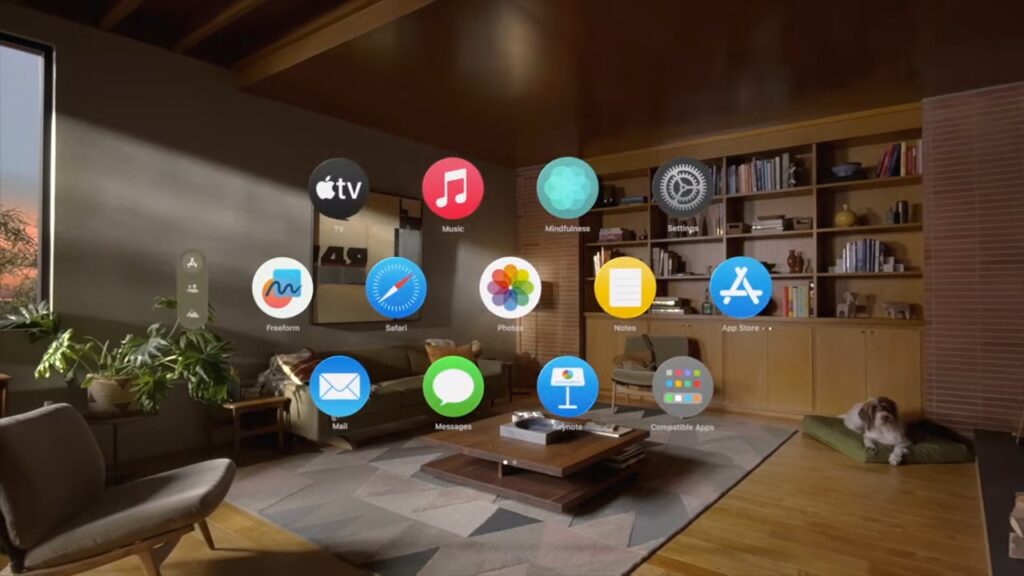
The demos showcased during the event were truly mind-boggling. The headset, although resembling current VR devices, has that distinct Apple touch. And by this touch, I mean the software. Apple may not have the top of the line hardware, but it’s a completely different debate when it comes to the user experience and software.
With this device, Apple had introduced the VisionOS, for their AR device(s).
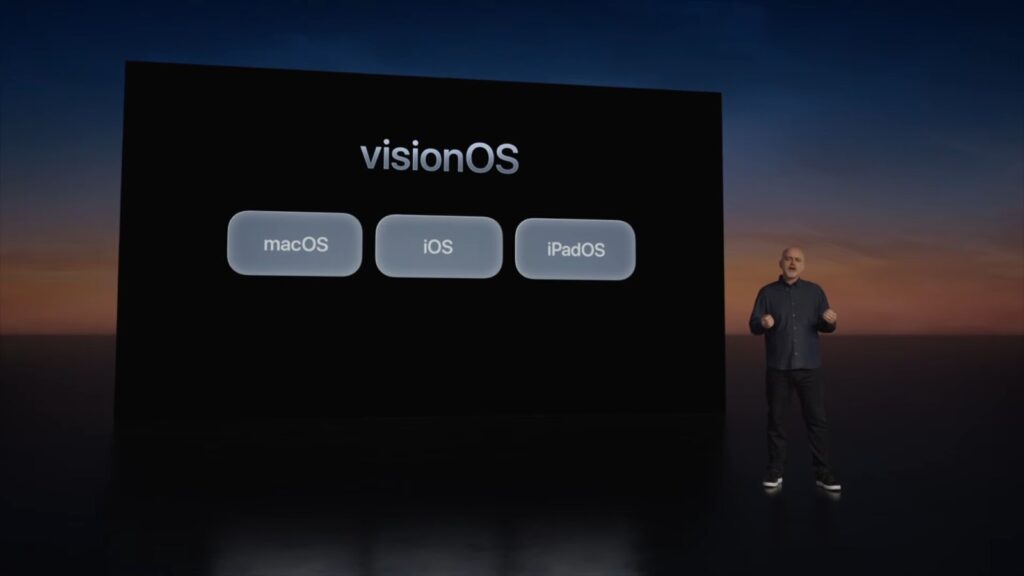
Apps can extend beyond the physical room, creating environments that fully adapt to the user’s needs. The method of input isn’t unique, but impressive, as it uses eye tracking and finger gestures to provide a more ‘AR’ experience.
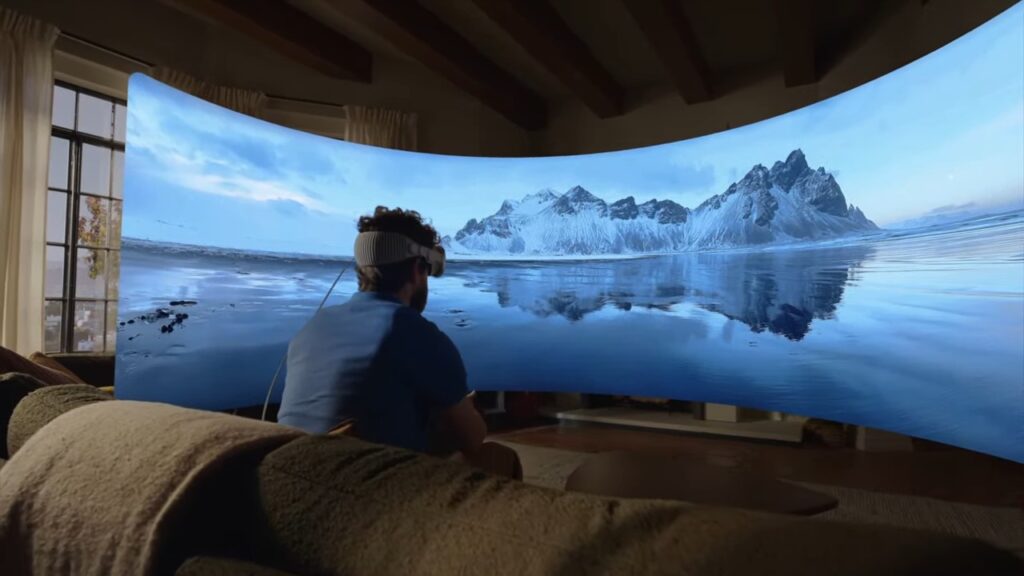
The Vision Pro has features that take into account your social interactions too. We’ve all seen those videos where people accidently bump into something or smash their surroundings. Well, the Vision Pro has that all sorted out too.
With the EyeSight feature, the device ‘displays’ your eyes when people are around, creating a sense of awareness even when wearing the headset. It can also detect when someone is nearby and show them to you while still showing your eyes to them. Take a look at this picture showcasing the feature in action.
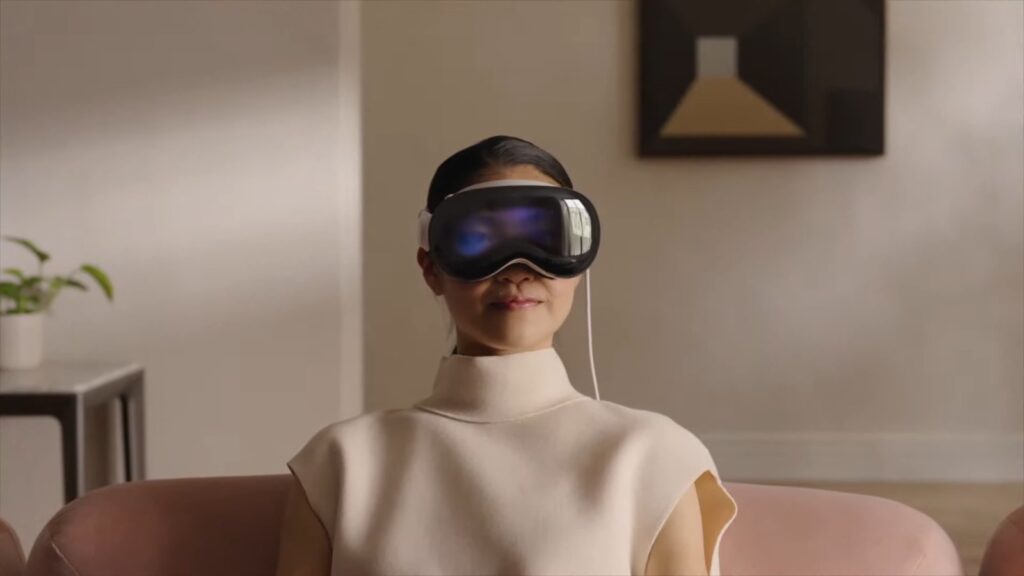
With this much to offer, it’s no surprise that the applications of this headset are vast. During the event, Apple showcased its partnership with Disney, with Robert Iger taking the stage to demonstrate how the device can bring characters and stories to life in unexpected ways.

With all this, privacy and security become a core concern too. For this, the device has the Optic ID for secure unlocking that isolates eye input to protect user privacy.
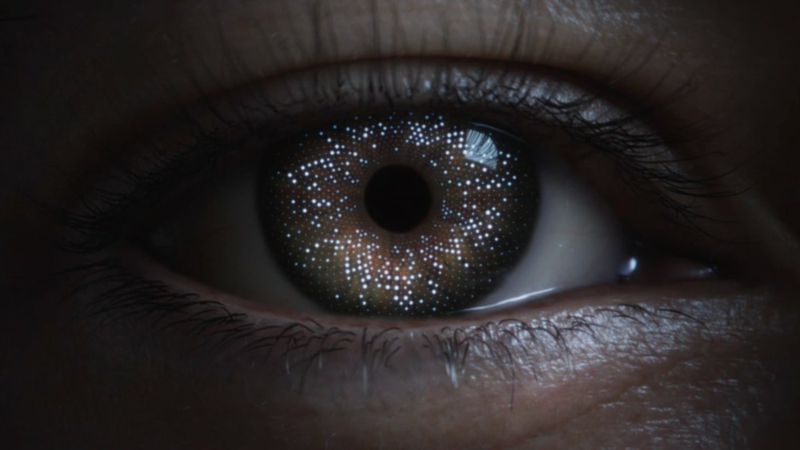
As Tim Cook wrapped up the event, and initial impressions started to come in, it is clear that Vision Pro represented a significant milestone in Apple’s journey and is set to shape the future of AR.
This headset promises to unlock every new possibility you can imagine of, and completely change the way we perceive and engage with the digital world. This was promised by Meta but seems as if Apple will be the one taking the crown.
Apple Vision Pro comes in at $3499 and will be available exclusively from Apple’s website in the US. More units will start to ship early next year.
What Next?
In a tweet before the event, analyst Ming-Chi Kuo has stated that the headset will start shipping late this year (Q4 2023), or early 2024 (Q1 2024). He also stated that while the product can be a tough sell for Apple, and shipments are likely to slow down, it is important for investors to note people’s reaction to the product.
The latest Quest virtual-reality headset was teased by Meta, and it costs only $499, and how Apple responds to this challenge remains to be seen, but the company has always had their priorities and target market set straight. However, it remains to be seen how everything pans out.
Till then, we will make sure to keep you updated on all developments as new information becomes available.




